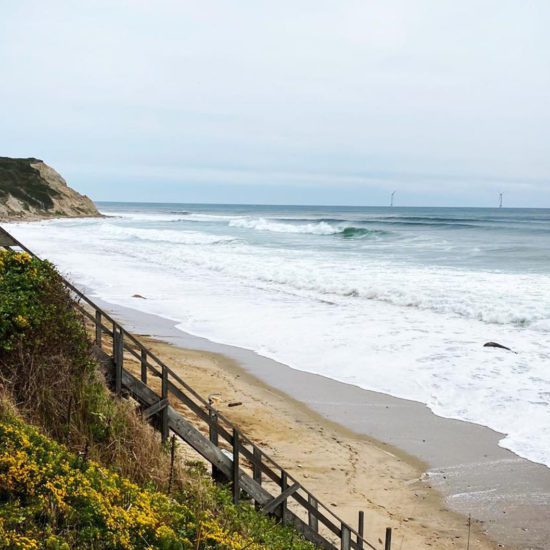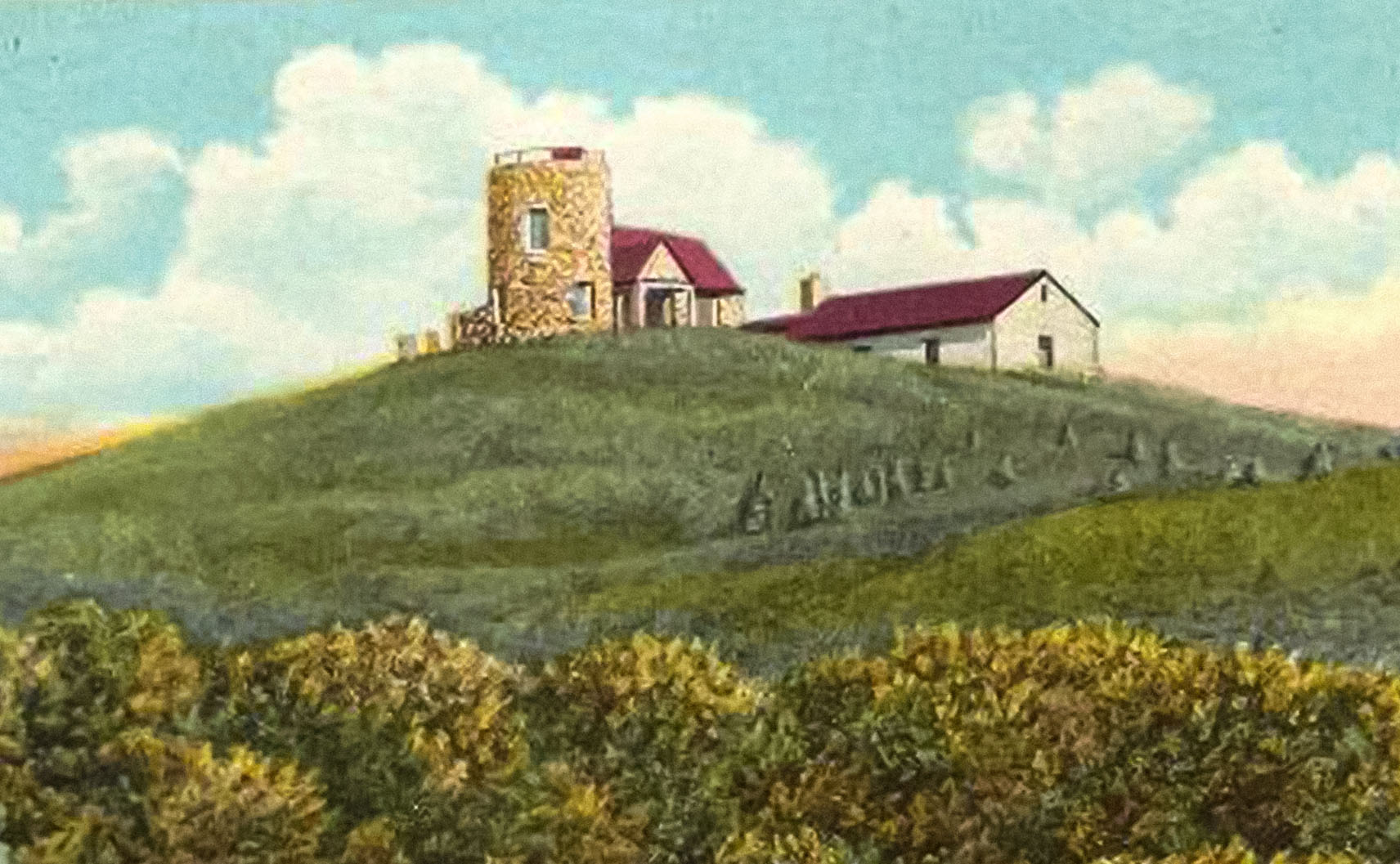
A BRIEF HISTORY OF BEACON HILL
Located to the southwest of the Great Salt Pond rests the highest point on Block Island: Beacon Hill. At an elevation of 190 feet, it’s not the considered the most impressive peak in Rhode Island. Jerimoth Hill in Foster is over 4 times higher at 811 feet.
What it lacks in stature, however, it more than makes up for in story and legend. It was intimately involved in several wars and became one of Block Island’s earliest tourist attractions! The history of Beacon Hill is something quite extraordinary.
THE HILL GETS ITS NAME
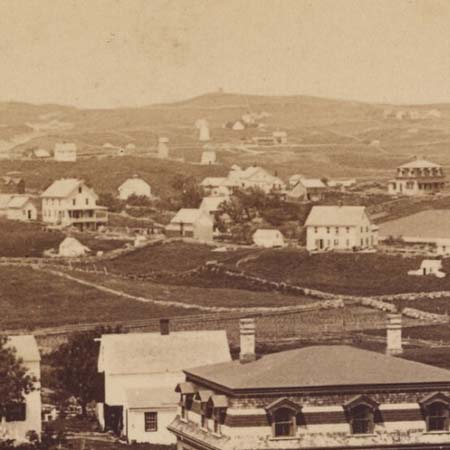
Rhode Island was a hotbed of activity around the Revolutionary War. With the sinking of the Gaspee, the Battle of Newport, and many other events, Rhode Island was proving to be the site for both sides to prove their nautical superiority.
Beacon Hill played a big role in these actions. From the high vantage point and its visibility to the mainland (Rhode Island, Connecticut, and New York) island residents were able to use barrels of tar or oil to signal to Continental troops the movements of British ships.
However, that’s not the only thing the signal fire was used for. Deserters and criminals from both sides would make their way to Block Island to escape prosecution, usually at night to avoid detection. The residents of the island tended to find themselves poorly treated by these marauders. So, the signal fire started to be lit when these escapees were spotted out to sea. When they arrived on shore, they were greeted by party of not-to-pleased islanders who sent them packing!
WHAT A VIEW!
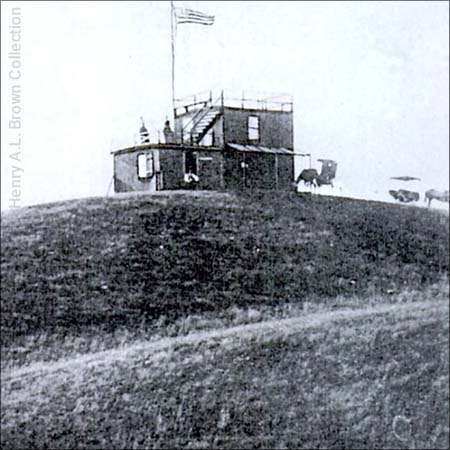
Due to its spectacular views of the island, Beacon Hill became a tourist attraction in the 1800s. While the land was owned by William Dodge, he allowed ladies and gentlemen to enter via his fence to his field. In 1890 a wooden observatory was constructed to raise the sightseers up a bit and give them a more comfortable view.
In the 1920s, the land was purchased by Thomas T. Doggett and his son, William H. Doggett. New York City architect, Roger Bullard, was hired to construct a summer home for them. Using the fieldstones from the stonewalls around the property, the structure that we now know as the Beacon Hill Stone Tower was constructed. The buildings were originally used as a tearoom and served meals to hungry tourists.
ANOTHER TIME, ANOTHER WAR
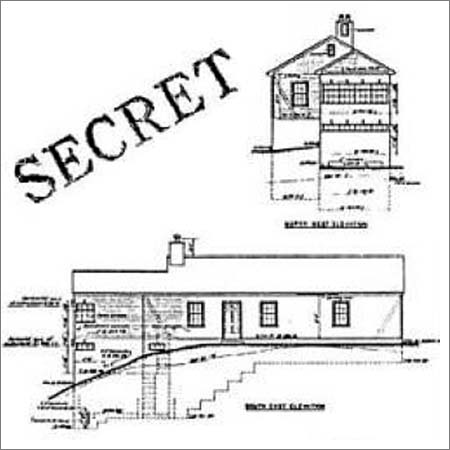
On December 8, 1941, just a day after the attack on Pearl Harbor, William Doggett heard a knock on his door. He was greeted by an officer from the First Army Command and told that the U.S. had entered the war. He and his family were then ordered to pack their things and move out of the house immediately. The Beacon Hill Stone Tower was being taken over for the war effort.
A second structure, now known as the Government House, was built on the grounds. It was disguised to look like a quaint, New England cottage but secretly was a concrete observation post. The tower was designated a “Fire Control structure” and worked in collaboration with similar structures on other shores to triangulate enemy ship locations. If a ship was spotted, mainland was alerted and two 16-inch guns from Pt Judith could be aimed and fired at the German U-boats. Although tests were conducted, these batteries never were used in battle.
The Doggett’s were not able to return to their home until 1949. Although they were paid a small rental fee, over the years the structure had been manhandled by the soldiers staying there. In lieu of the government to paying for repairs, William made a deal to call it even if the army did not dismantle the Government House and let them keep it. The house still exists today.
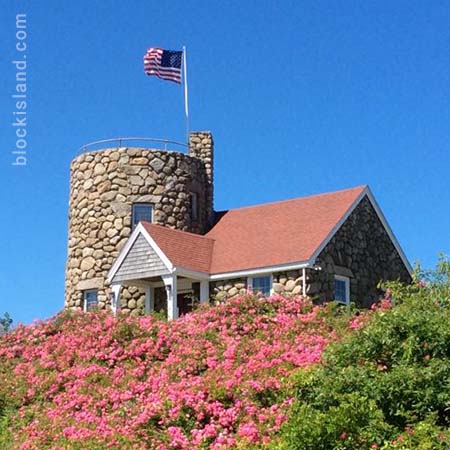
Currently overshadowed by its larger neighbors, the Beacon Hill Stone Tower does not stand out like it had in the past. Now a private residence, it is no longer open to the public. However, there is plenty of history still to learn about it. The Block Island Historical Society has a slideshow and more detailed information about the history of Beacon Hill. Be sure to swing by and check it out!



